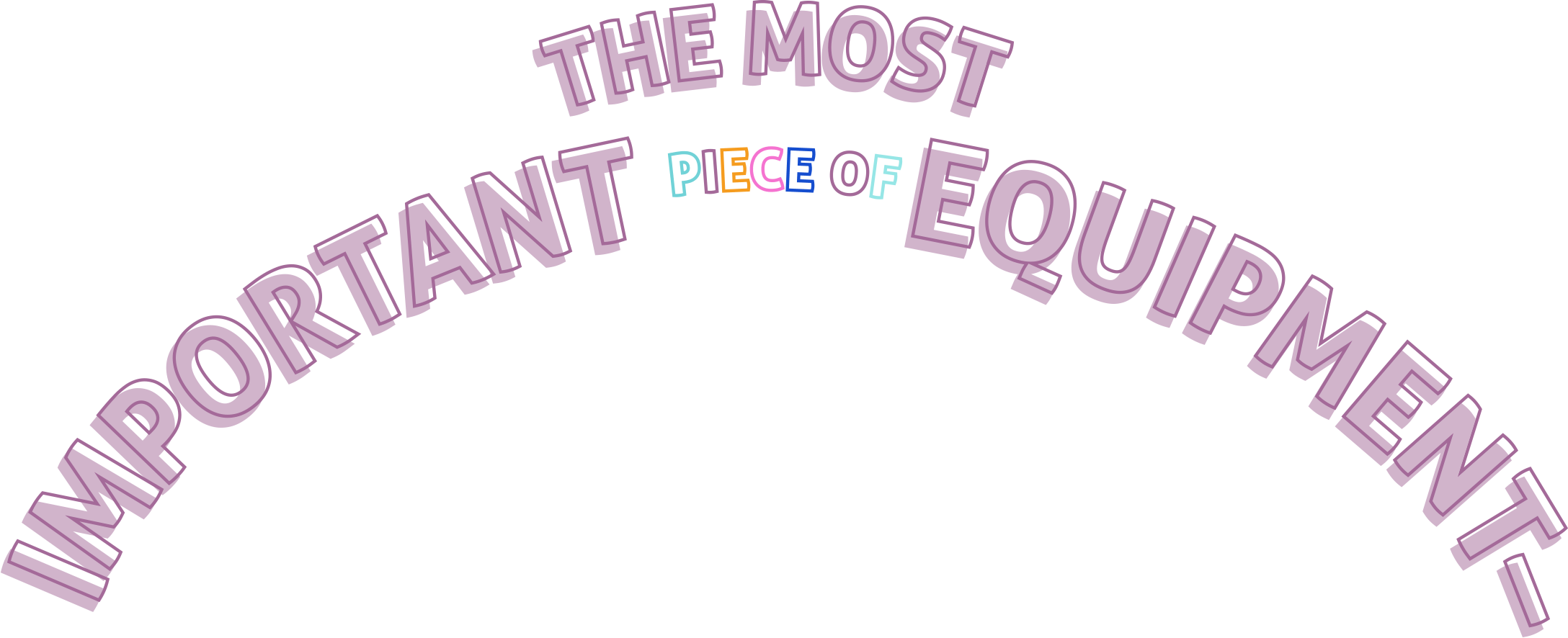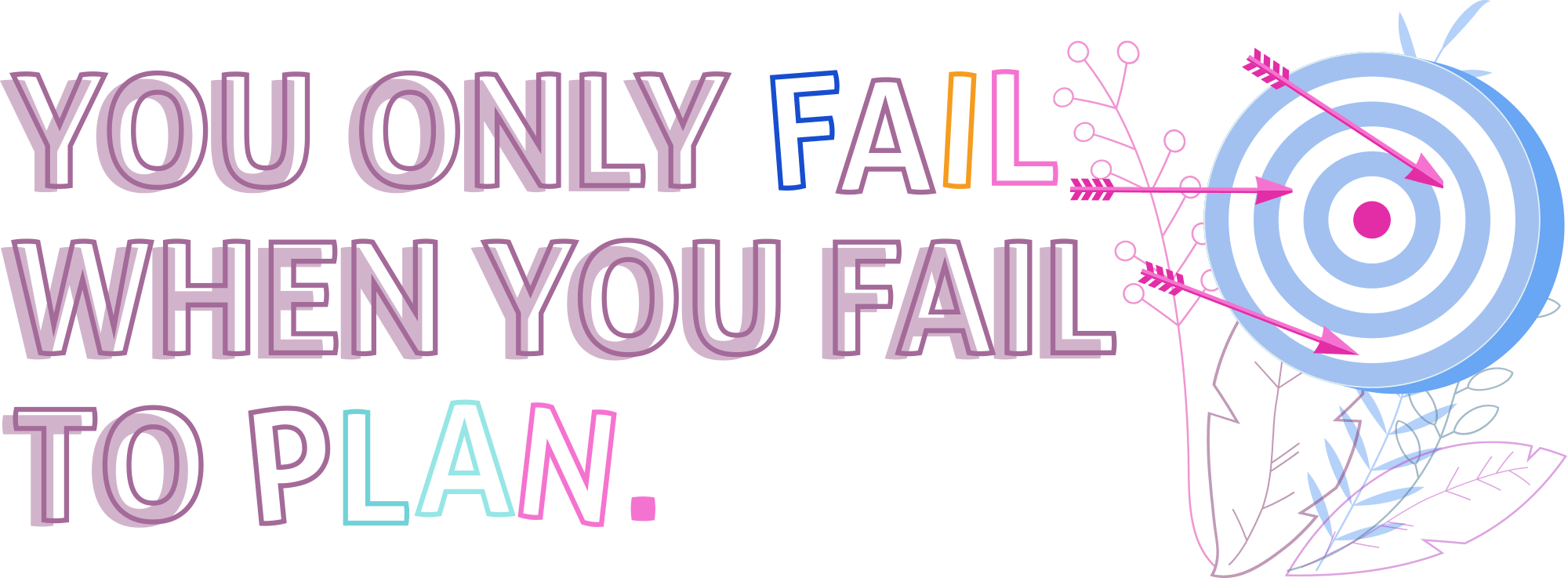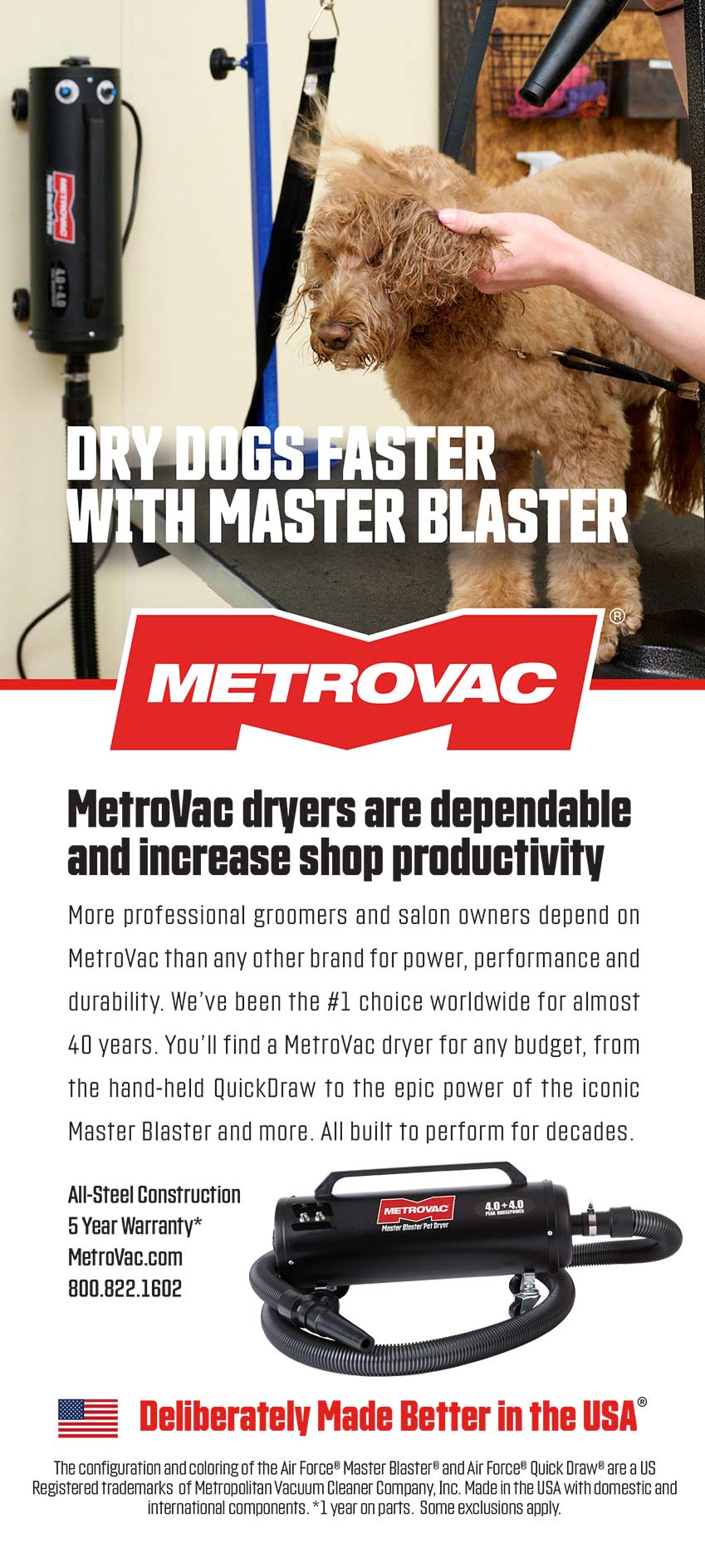


 s groomers, it is essential to have the right equipment to function. We try to get the best quality for the best price, and then we have to do maintenance on it or replace it when it wears out. But have you ever sat down to determine which piece of equipment makes you the most money? Probably not, because with being a busy groomer, it is often hard to find the time to do that. So, to save some time, I will cut to the chase. The most important piece of equipment you have in the grooming salon is your mind.
s groomers, it is essential to have the right equipment to function. We try to get the best quality for the best price, and then we have to do maintenance on it or replace it when it wears out. But have you ever sat down to determine which piece of equipment makes you the most money? Probably not, because with being a busy groomer, it is often hard to find the time to do that. So, to save some time, I will cut to the chase. The most important piece of equipment you have in the grooming salon is your mind.

John Maxwell, a well-known business/motivational writer, says you should take time daily to be bored. At first, I had a hard time with the concept. But I found that if I take time to do nothing, I get my most creative thoughts. I found I could make more money sitting in my office being creative and strategizing than working hard in the exam rooms. Why is that? It is because I thought about ways to work smarter, not harder. If you are always working, you don’t have time to think about new or different ways of approaching problems.

From there, you start taking those big items and working them down into your day-to-day strategy. For example, I need to work with an accountant to help me figure out my prices. I need to talk to a broker so I know how to prepare for a sale (years in advance). I need to figure out what to do when my body no longer lets me groom a 140-lb. Great Pyrenees. Let’s organize a training program (or utilize some already available online) for the staff. Let’s work to fill our slow times of the year with specials. Let’s get more education and offer services that we don’t already offer. The sky is the limit. The secret is that you need to take time to brainstorm and think through all the possibilities.


Sometimes we think we have to do this all on our own, but the reality is, some of the best ideas are those from others. You may take those ideas at face value or morph them into your own with a twist on the original idea. Some of my best pearls of business practices I picked up sitting around with a cold drink and talking with friends.

Before you force people (clients or staff) to get involved, think about what would motivate you if you were in their position. Strong-arming or being a dictator may get you there, but if the people involved are unhappy about the process, this can turn a positive strategy into a very negative experience. And if it goes bad, often, as an individual, you are afraid to stick your neck out the next time. You only fail when you fail to plan. As a general rule, people don’t like change, so as a good leader in the business, you have to work on making these changes as painless as possible.
The very last step is to keep everyone accountable in the process of change. This step is critical if any change is going to occur long term. They say it takes 21 days to change a habit (I find it closer to three months), but the change will not survive without this step.
Your thoughts and creativity that occur in your mind make it your best piece of equipment; take time to use it, trust it and hone it. When you start using it, you will find life is easier, making you far more money than any other piece of equipment in your shop.
Dr. Cliff Faver graduated with a BS in Biology/BA in Chemistry before getting a Veterinary degree in 1987. He is the past owner of Animal Health Services in Cave Creek, Arizona and now the US distributor for Iv San Bernard products, teaches the ISB Pet Aesthetician Certification program, and speaks internationally on hair and skin. His passion is to merge groomers and veterinarians to aid in helping and healing pets. He is also a member of AVMA, AAHA, AZVMA, Board member with Burbank Kennel Club, and has served on Novartis Lead Committee, Hill’s International Global Veterinary Board, and a Veterinary Management Group.


